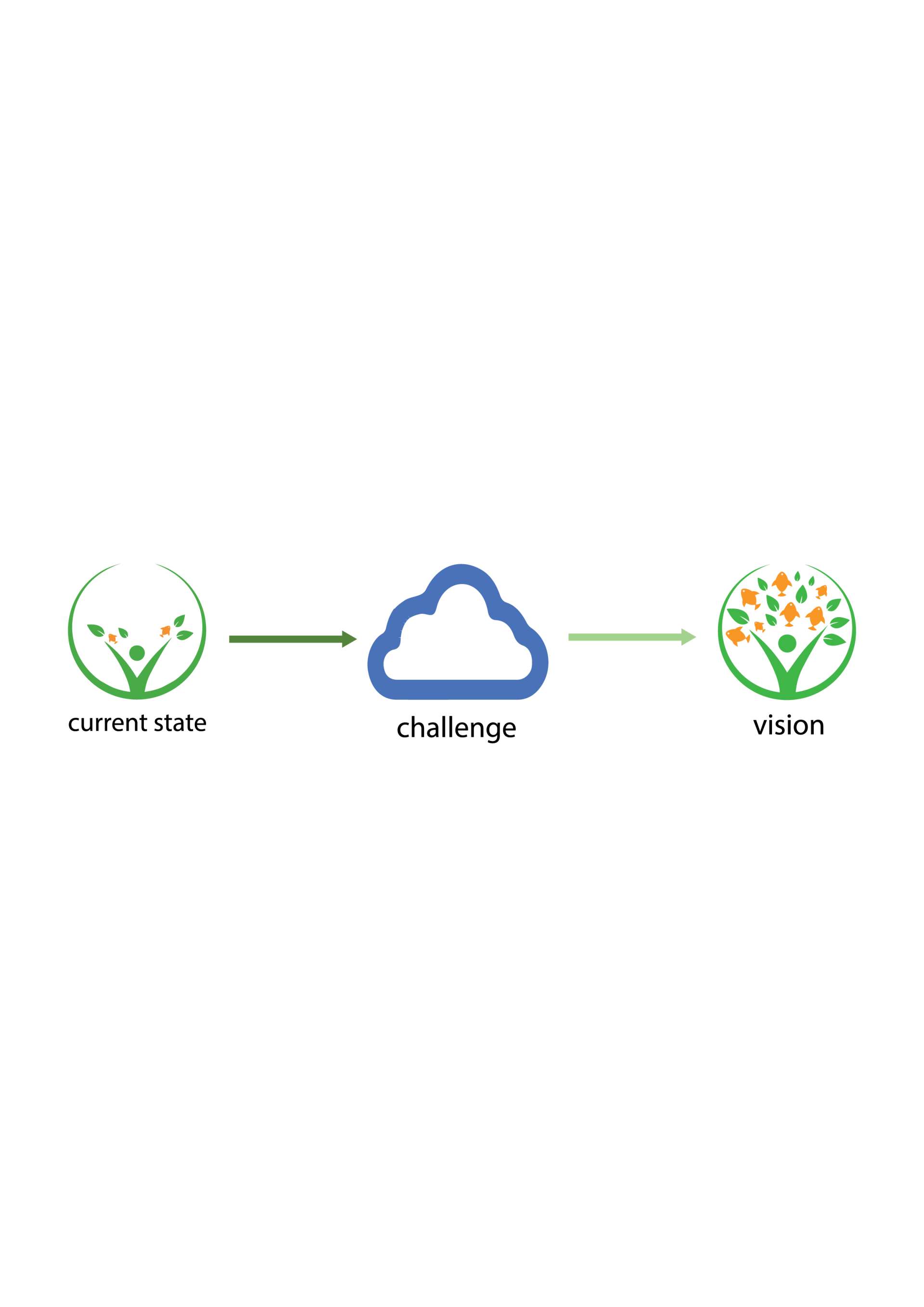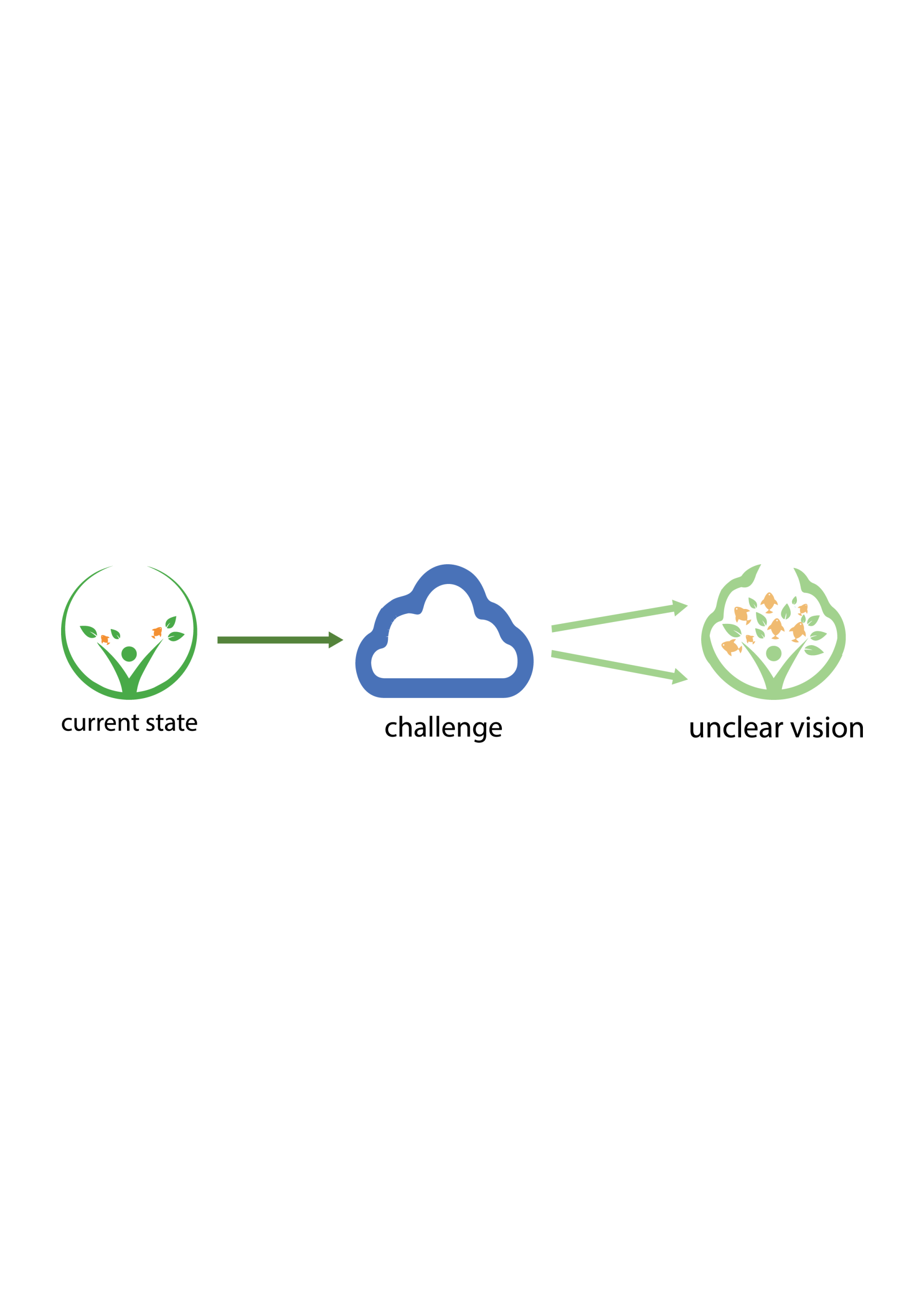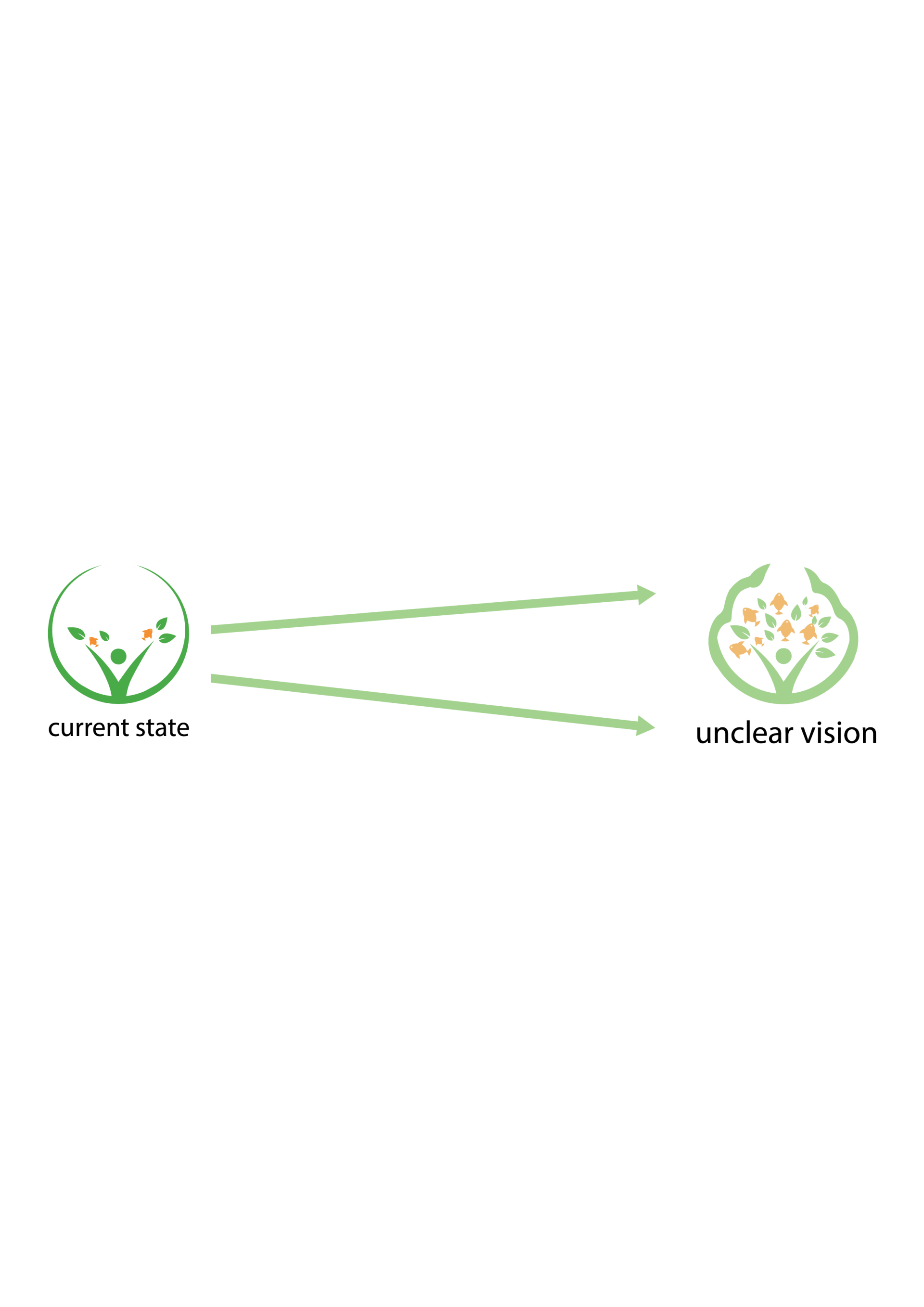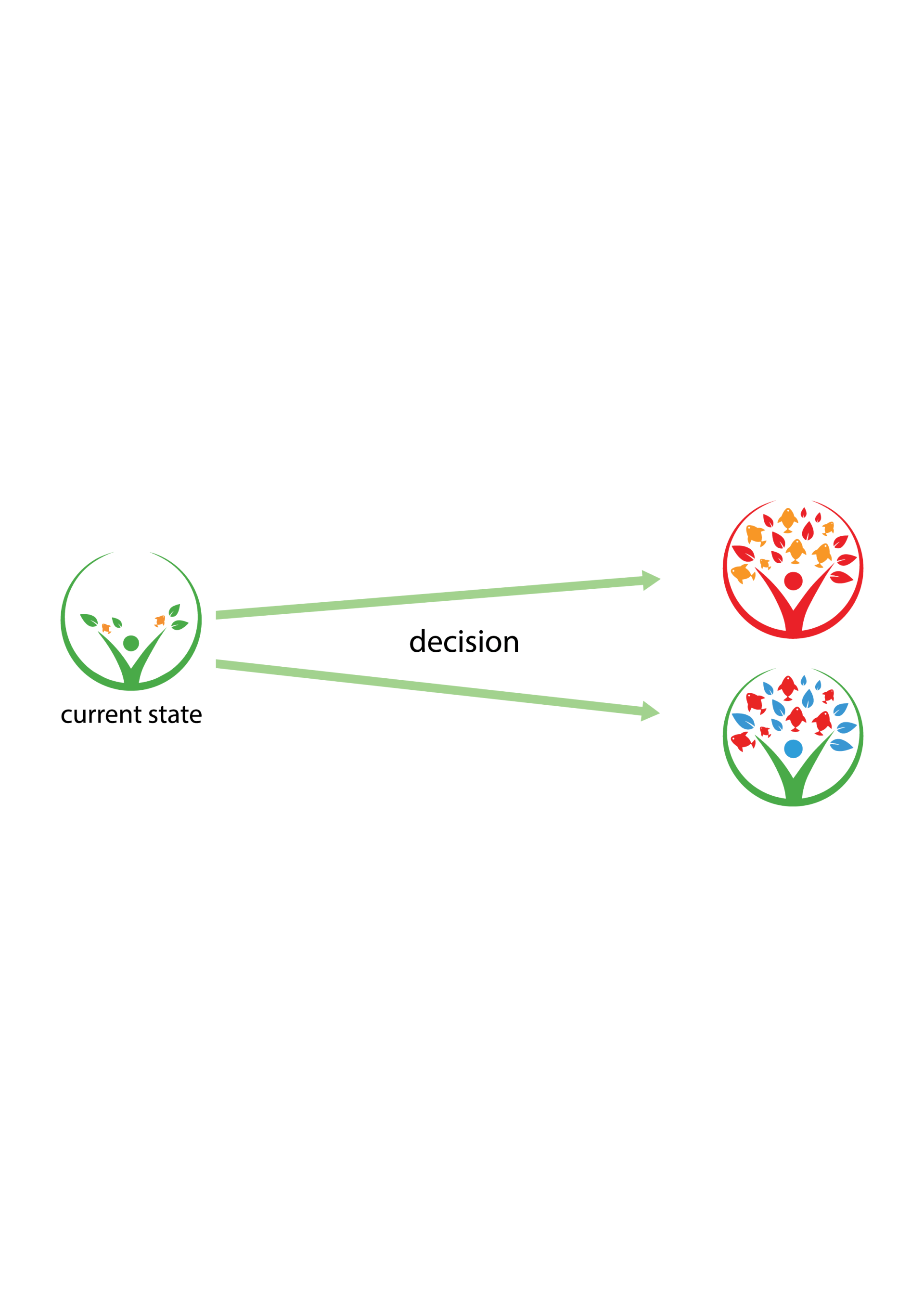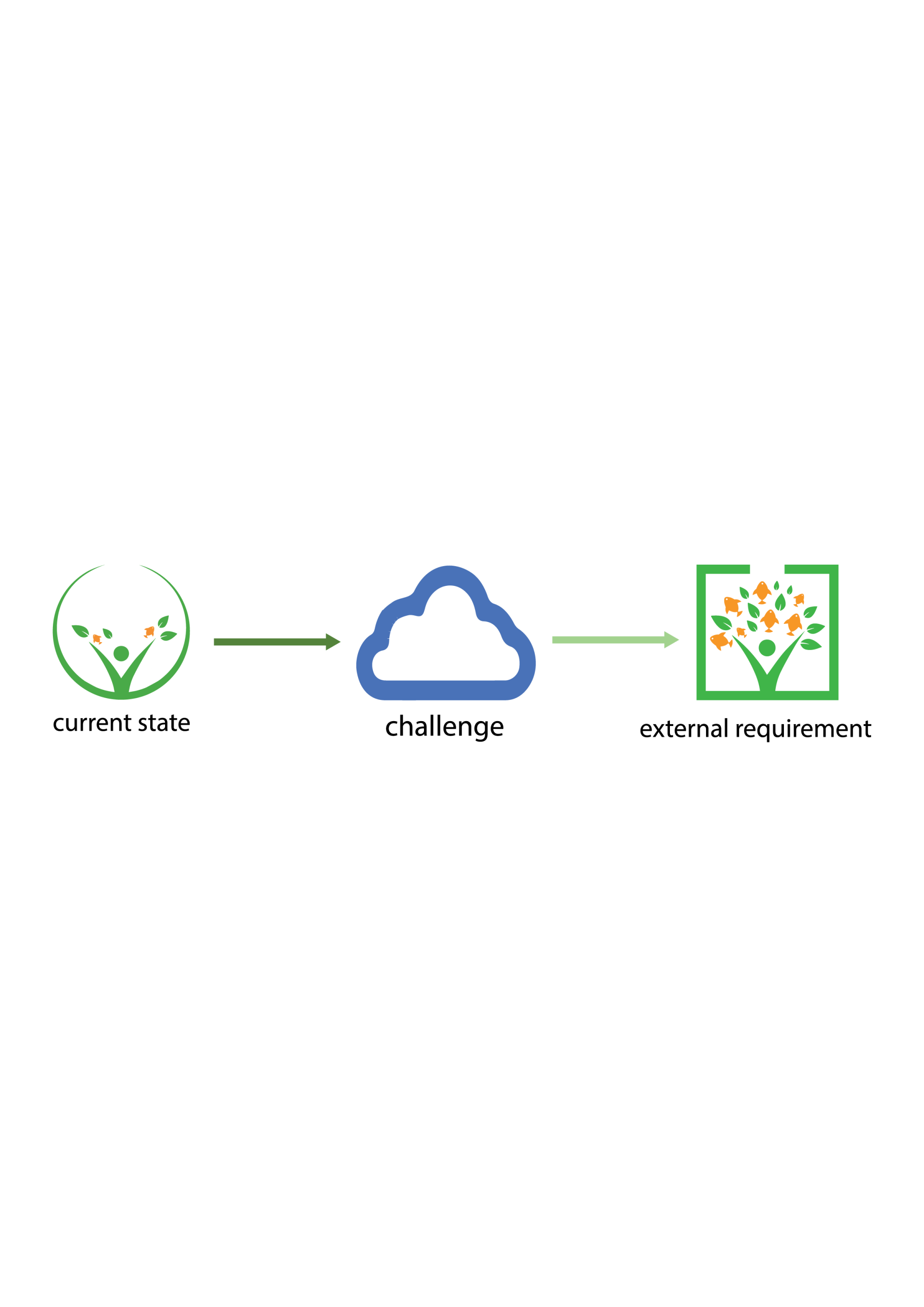Executive coaching
Coaching is a process by which a coach helps a client to draw out action steps in order to overcome issues or problems, to develop vision or make decisions.
Coaching is non-judgemental and involves the coach asking a series of powerful questions to draw on the resources that the client has within them.
Unlike counselling, coaching is solely concerned with finding solutions and does not dwell on the past or analyse why particular situations have occurred or behaviours have been displayed.
A typical coaching session follows the following path:
- The coach and client agree the intended outcomes of the session
- The coach uses a series of powerful questions to help the client draw out their own solutions, answers or action steps
- The coach and client agree next steps to help the client achieve their goals
Coaching is suitable for everyone and can be done face to face, online or over the phone.
To find out more, please use the contact form for a free 30 minute coaching session.



